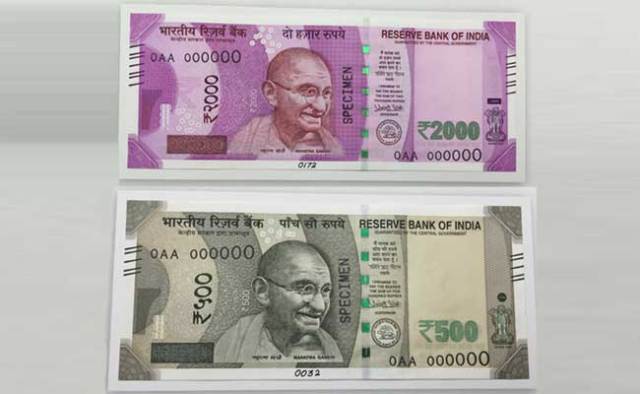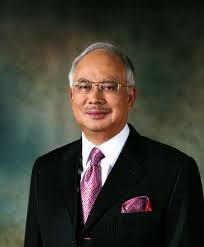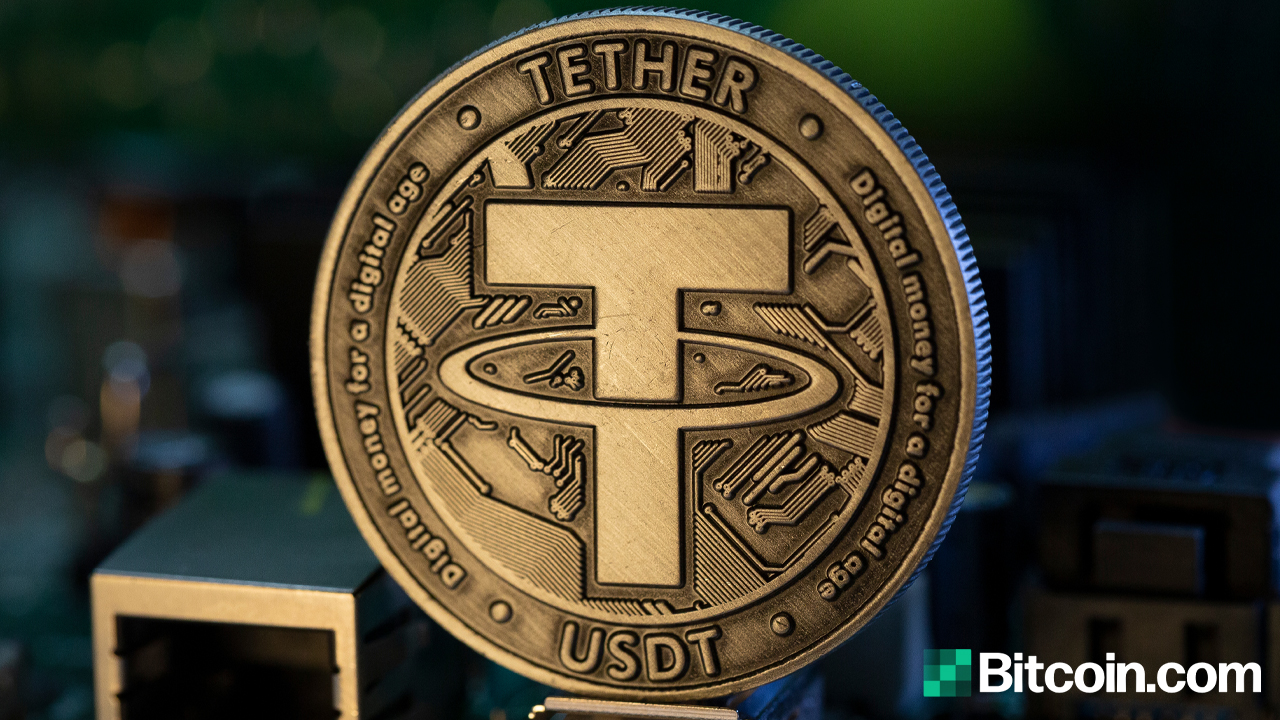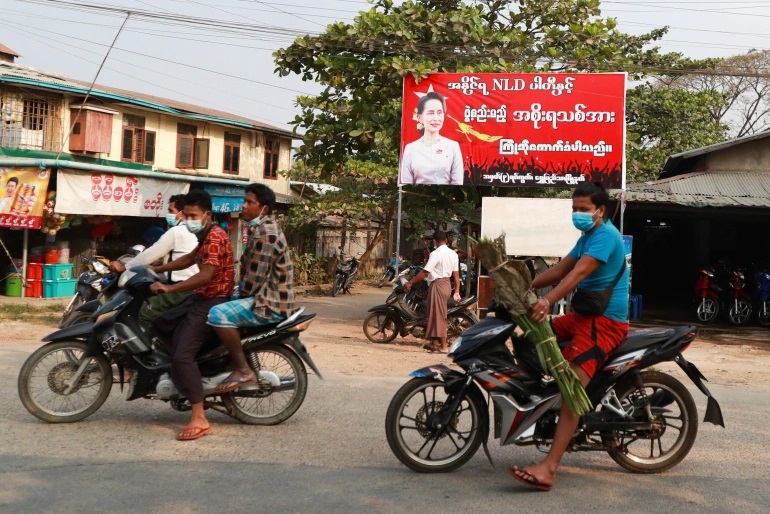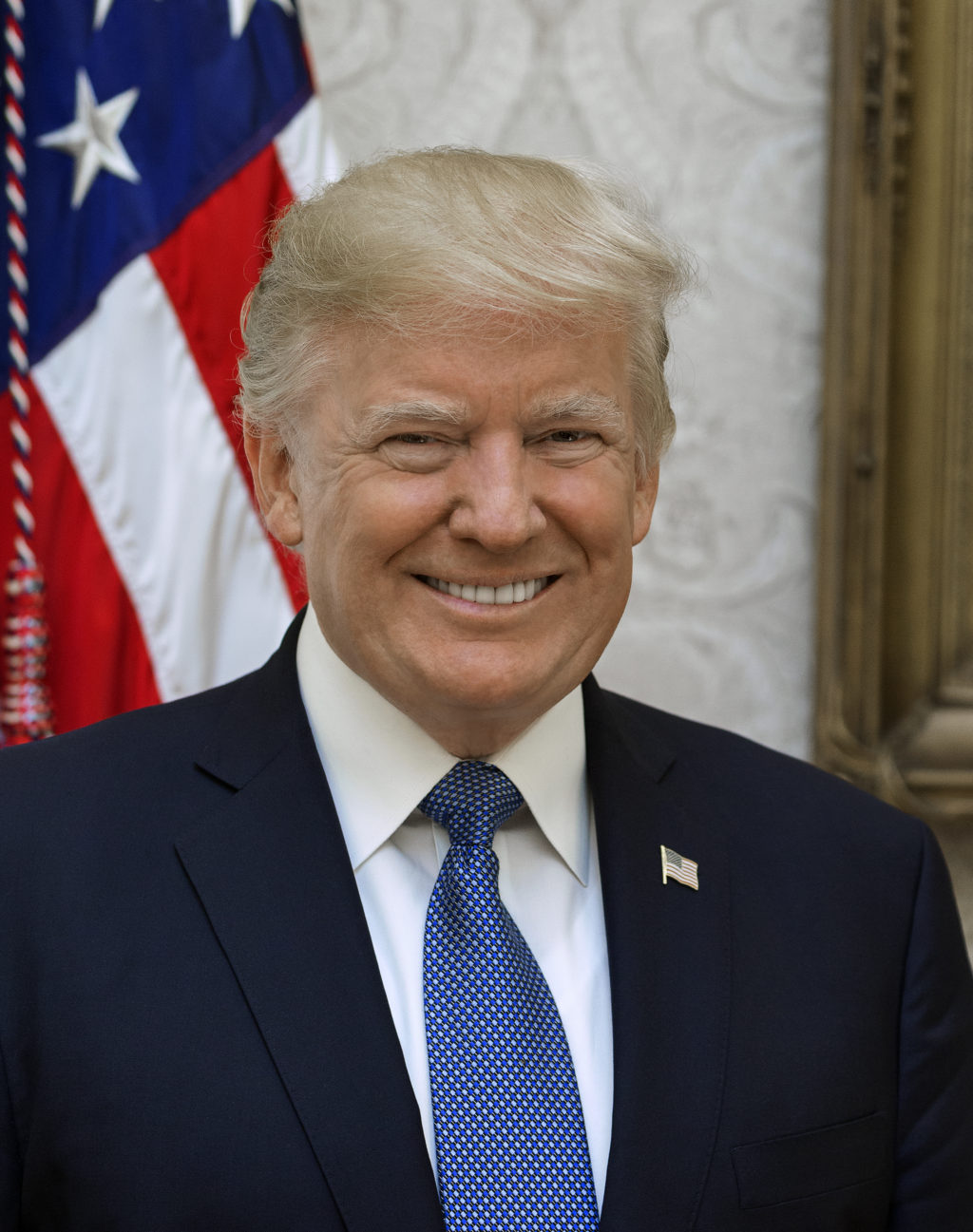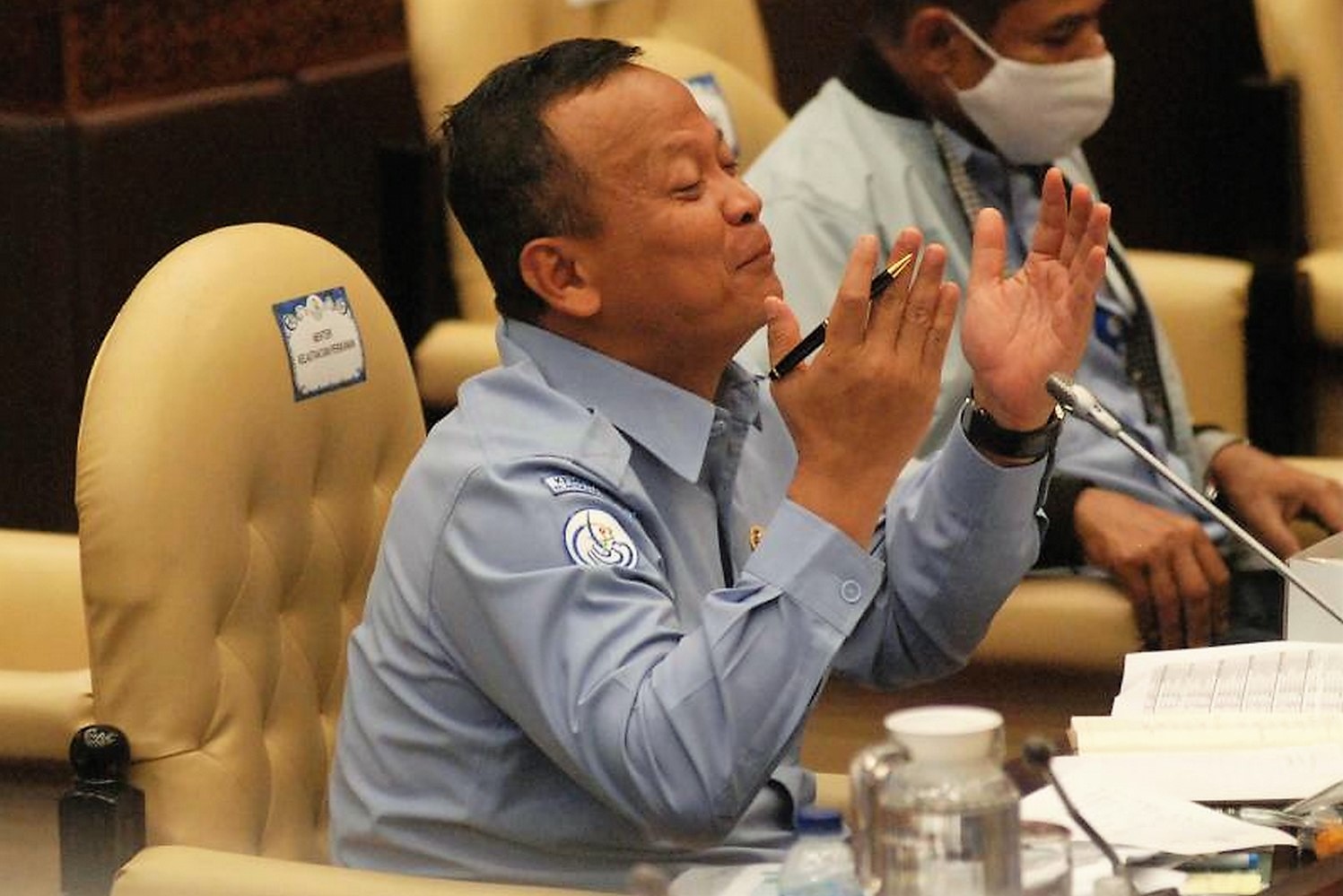9 November 2016
Prime Minister Narendra Modi announced in an unscheduled address to the nation that 500 rupees and 1,000 rupee notes will cease to be legal tender from Wednesday. People across the country rushed to ATMs that offer 100 rupee notes in an attempt not to be left without cash over the next few days.
There was widespread belief that government’s moves on black money were mainly hype. What was recovered with amnesty offer was only $21 billion compared to US$50 trillion believed to be the amount of black money.
As Modi is approaching half way mark of his term, he must do something to show his attempt to fulfil his election promise. He said that he could give Rupees 2 million for each Indian from the recovered black money. This was never realised. Prime Minister had forewarned the people and given them enough time to declare their money and pay taxes. The three-month amnesty to declare their illegal wealth and escape prosecution by paying a total tax and penalty of 45% ended on 30 September 2016. Some 64,000 people took advantage of the amnesty and declared $9.7 billion under the government’s income disclosure scheme.
This demonetisation is to flush out the hidden money that has not been declared so far. There are about 16.5 billion of 500-rupee currency notes and 6.7 billion of 1,000-rupee bank notes in circulation. This is equal to 15 trillion rupees or $224 billion.
The immediate effect of the demonetisation will be a cooling impact on inflation and contraction of cash in circulation. Hoarded money now hidden in vaults and suitcases will be flushed out and brought into circulation producing economic benefits. Some militants are using fake ₹500 notes to finance their activities. Innocent village folks do not see the difference between the fake notes and real notes. The demonetisation will reduce terrorist attacks. Balance of the ‘black money’, from graft and non-payment of income tax will be flushed out. It will be a deterrent to those who get caught. Unaccounted wealth not proportionate to the income will also come to light.
Another side effect benefit will be that people who are not accustomed to keep their money in the bank will get used to it and feel comfortable with the banking system. Presently India is a cash driven society. It must move slowly into wider use of ATMs and into a cashless society keeping in line with other countries. Under the Pradhan Mantri Jan Dhan Yojana scheme initiated by the government in 2014, every household was given a chance to open a bank account. Around 254.5 million accounts have been opened so far in which $6.8 billion in rupees has been deposited, according to the website of the Pradhan Mantri Jan Dhan Yojana. The is also a step forward in developing a cashless society. Those who have bank accounts should not have any problem in depositing their money into their account.
It is not true that average Indian does not require large 500 rupees and 1,000 rupee notes. In India the high value notes are also most commonly used notes. So, there is some harship to the public. Banks have been slow in recaliberating The UK gavernment asked banks to stop handling €500 notes in 2010 after a report found they were mainly used by criminals. EU has decided to phase out the €500. The Reserve Bank of India has already released new currency notes of 2,000 rupees and 500 rupees.
Up to 4000 rupees in cash may be exchanged any bank branch with valid identity proof for the old notes. Amounts above 4000 rupees can be deposited only into a bank account. On 9th and 10th November some ATMs may not work, due to paucity of notes of lower denomination. The ATMs (teller machines) will also must be recalibrated. From 9th November, onwards, one can withdraw from ATMs up to a maximum of ₹2,000 per card per day up to 18th November, 2016. The limit will be raised to ₹4000 per day per card from 19th November 2016 onwards. A person can withdraw cash against withdrawal slip or cheque subject to a ceiling of ₹10,000/- in a day within an overall limit of ₹20,000 in a week (including withdrawals from ATMs) for the first fortnight i.e. up to 24th November 2016. The exchange scheme closes on 30th December 2016. After this date, anyone holding old notes must approach Reserve bank of India (RBI) to have their notes exchanged.
Prior to January 1946, 1,000 and 10,000 bank notes were in circulation. Higher denomination bank notes of ₹ 1,000, ₹ 5,000 and ₹ 10,000 were reintroduced in 1954 and all of them were demonetised in January 1978.
Related storey: India: Recovers black money from tax havens

